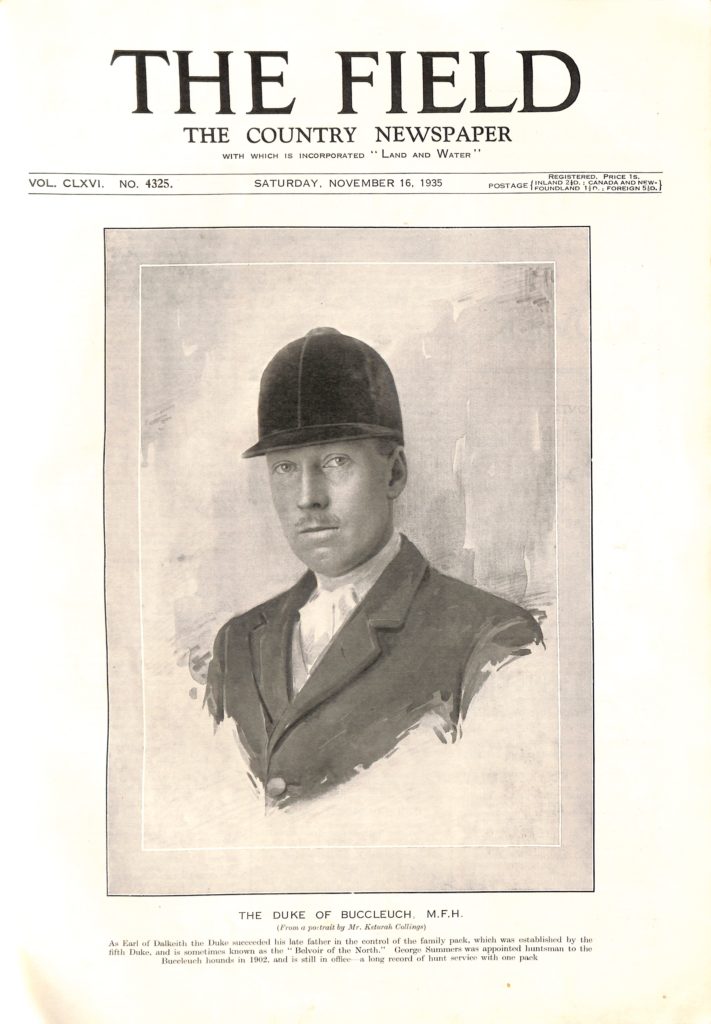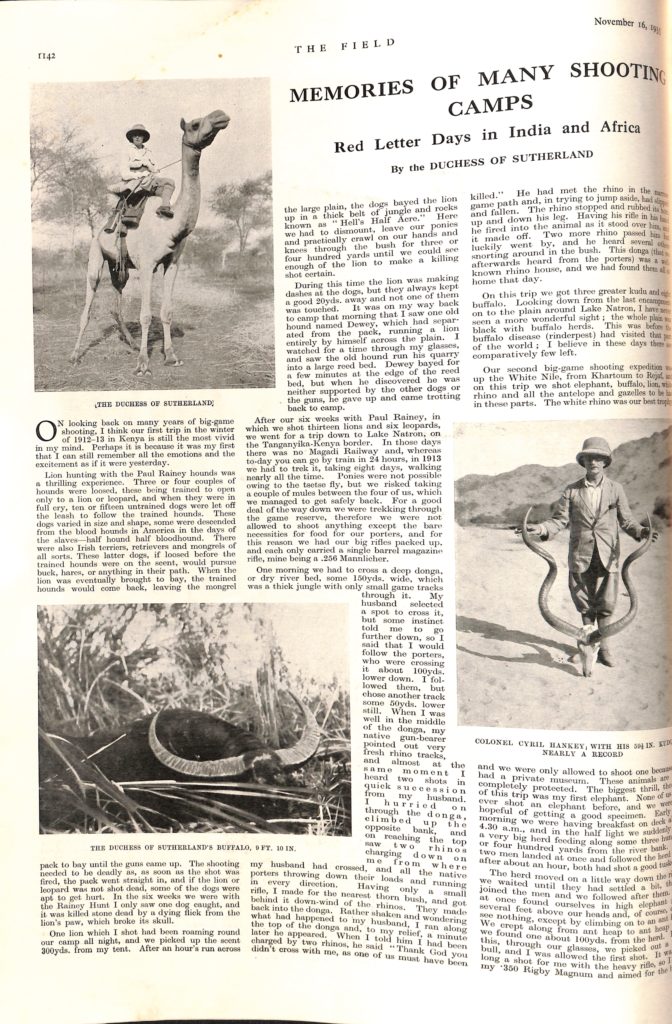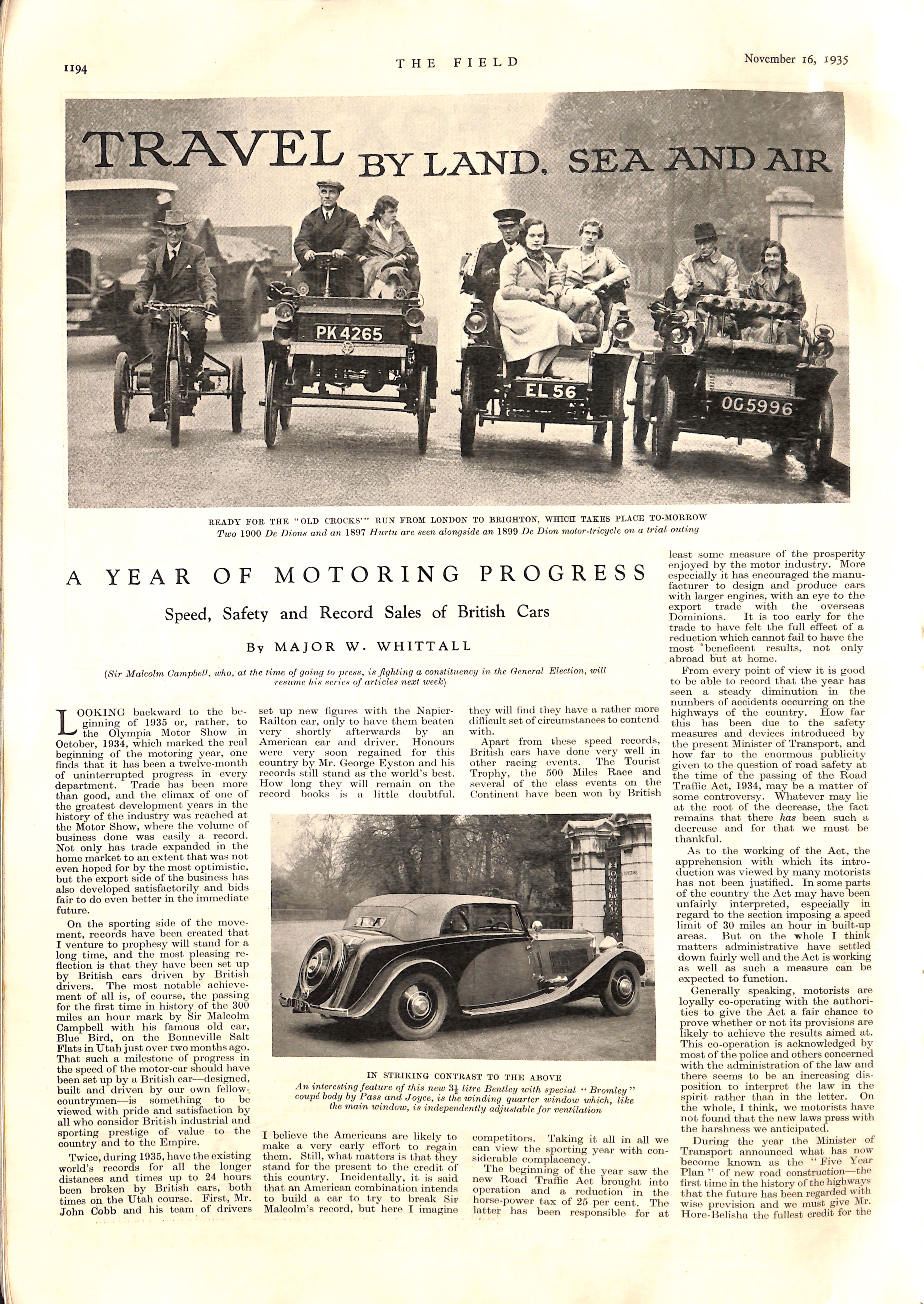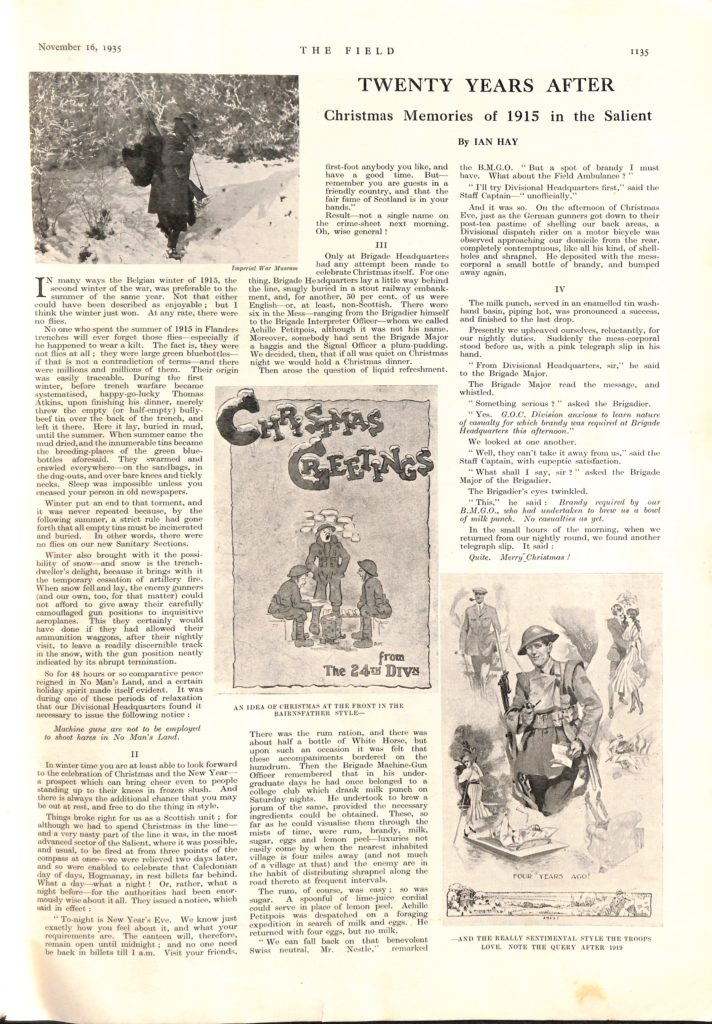
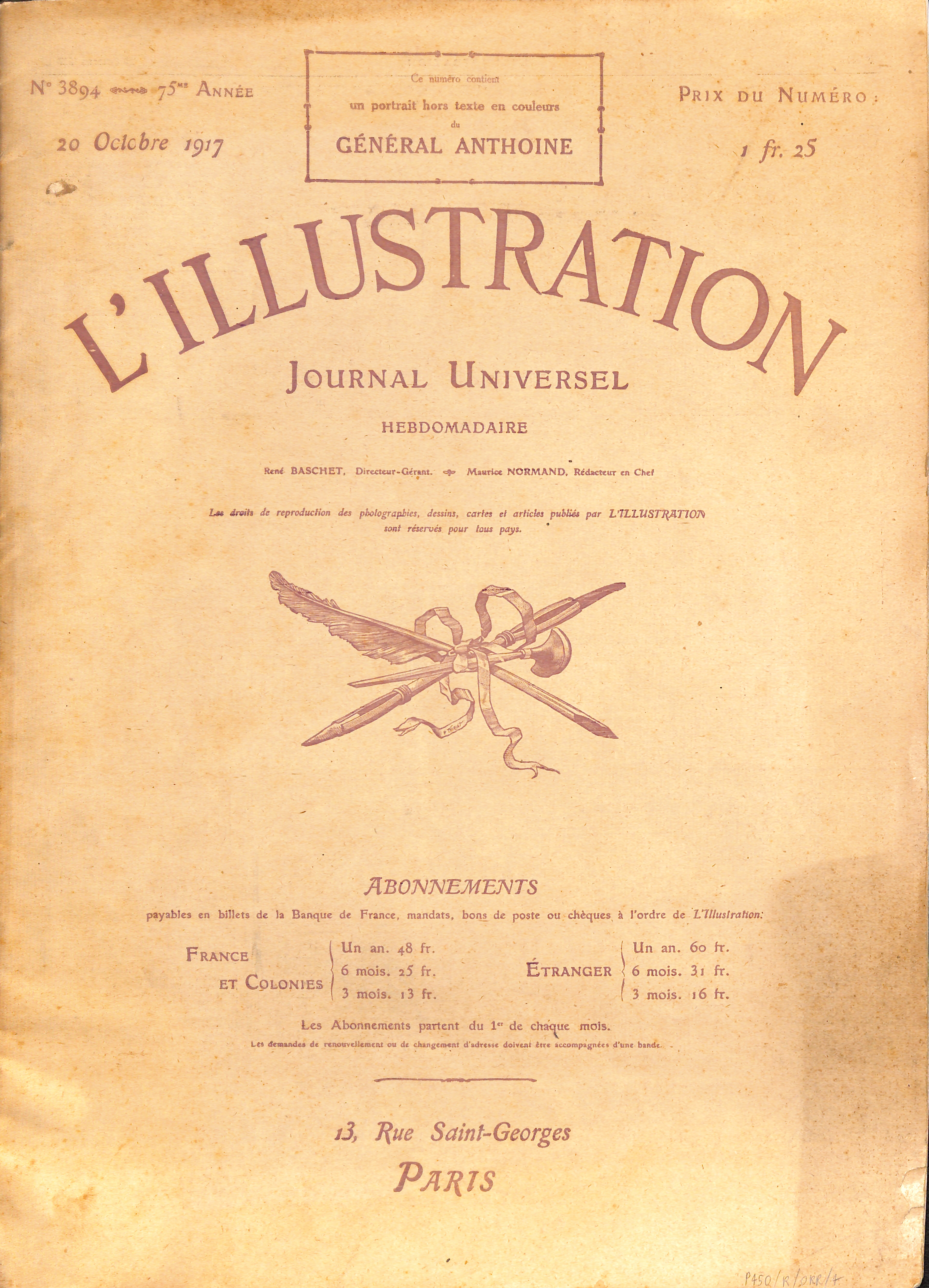
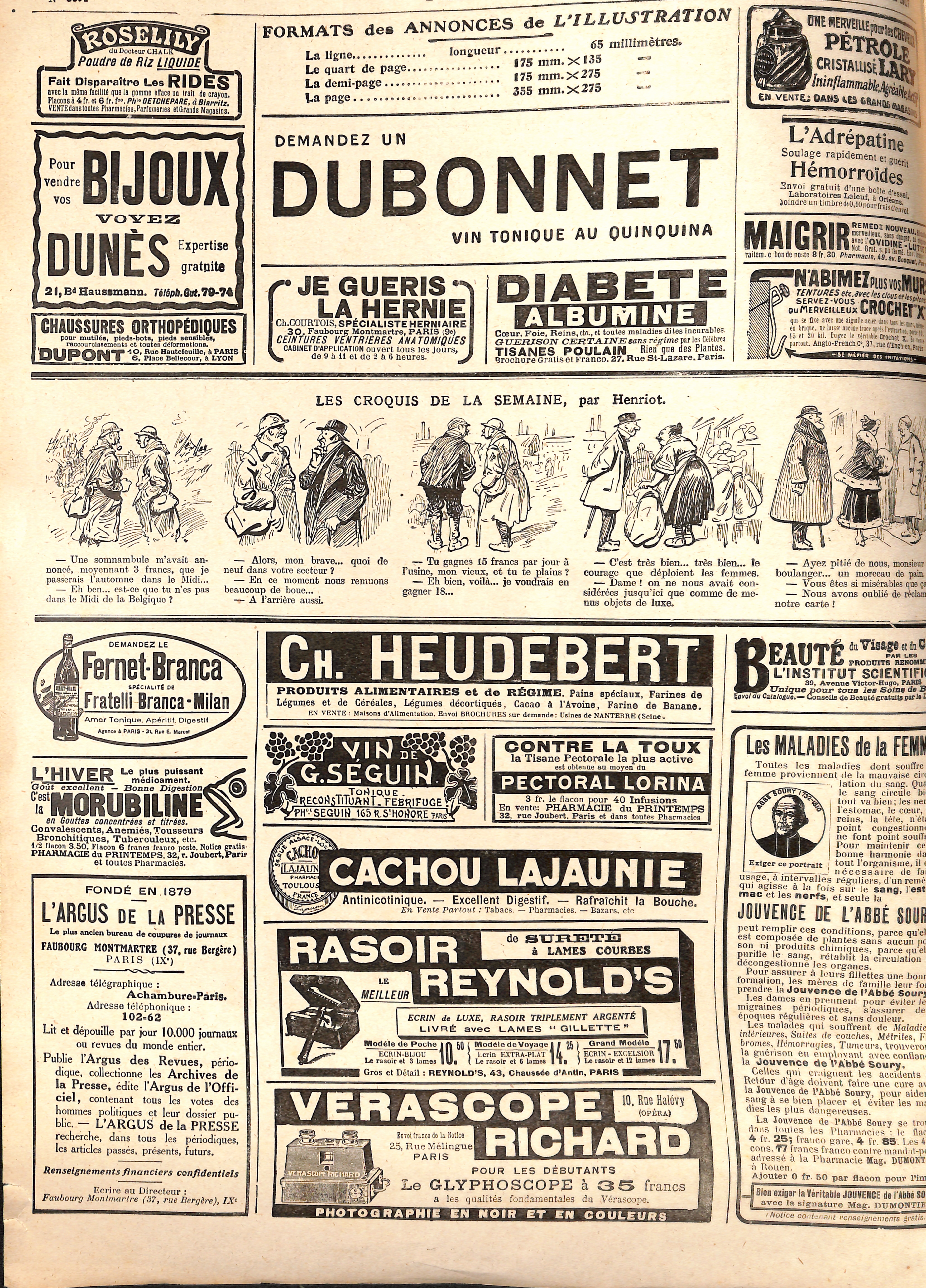
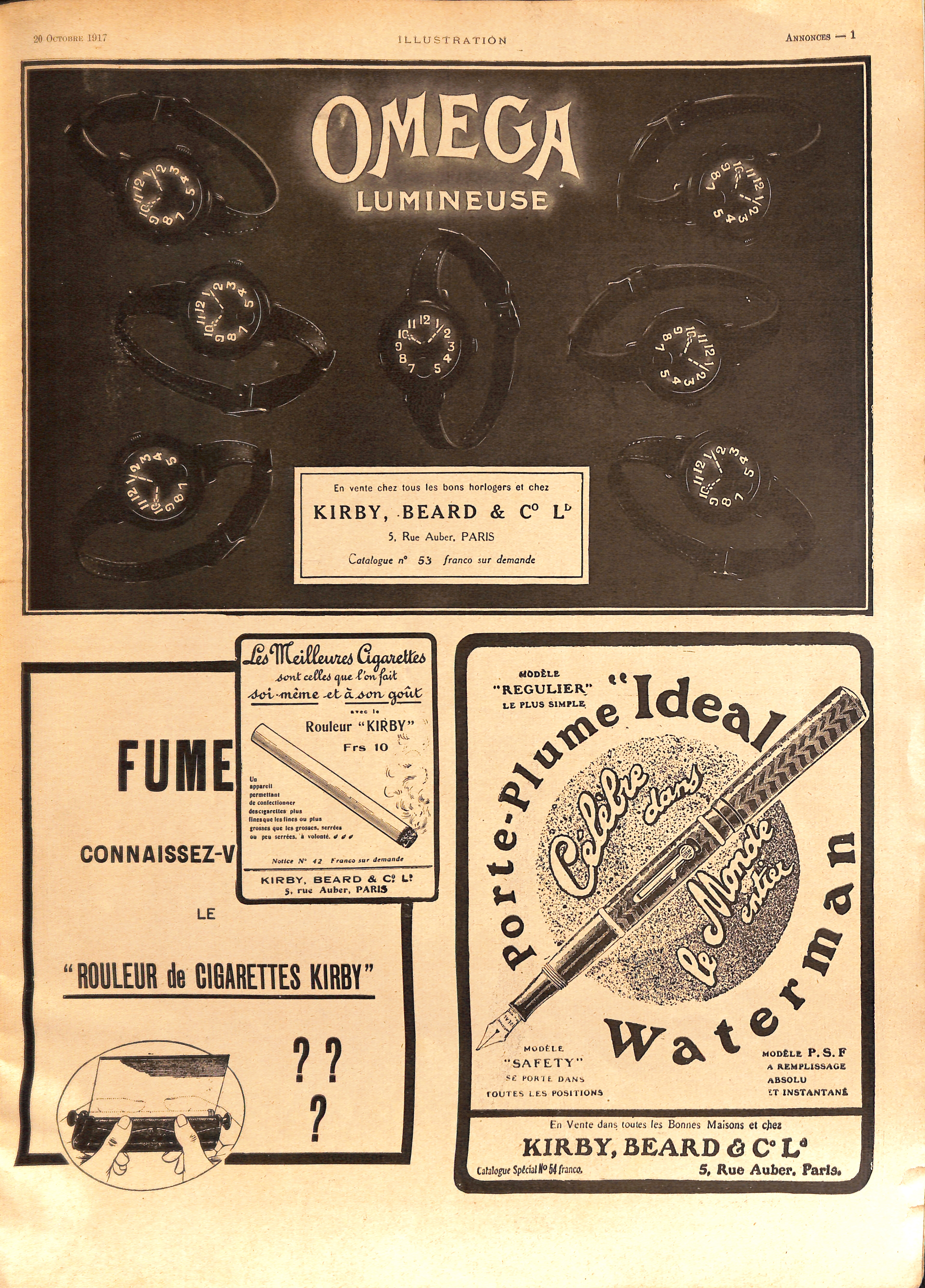
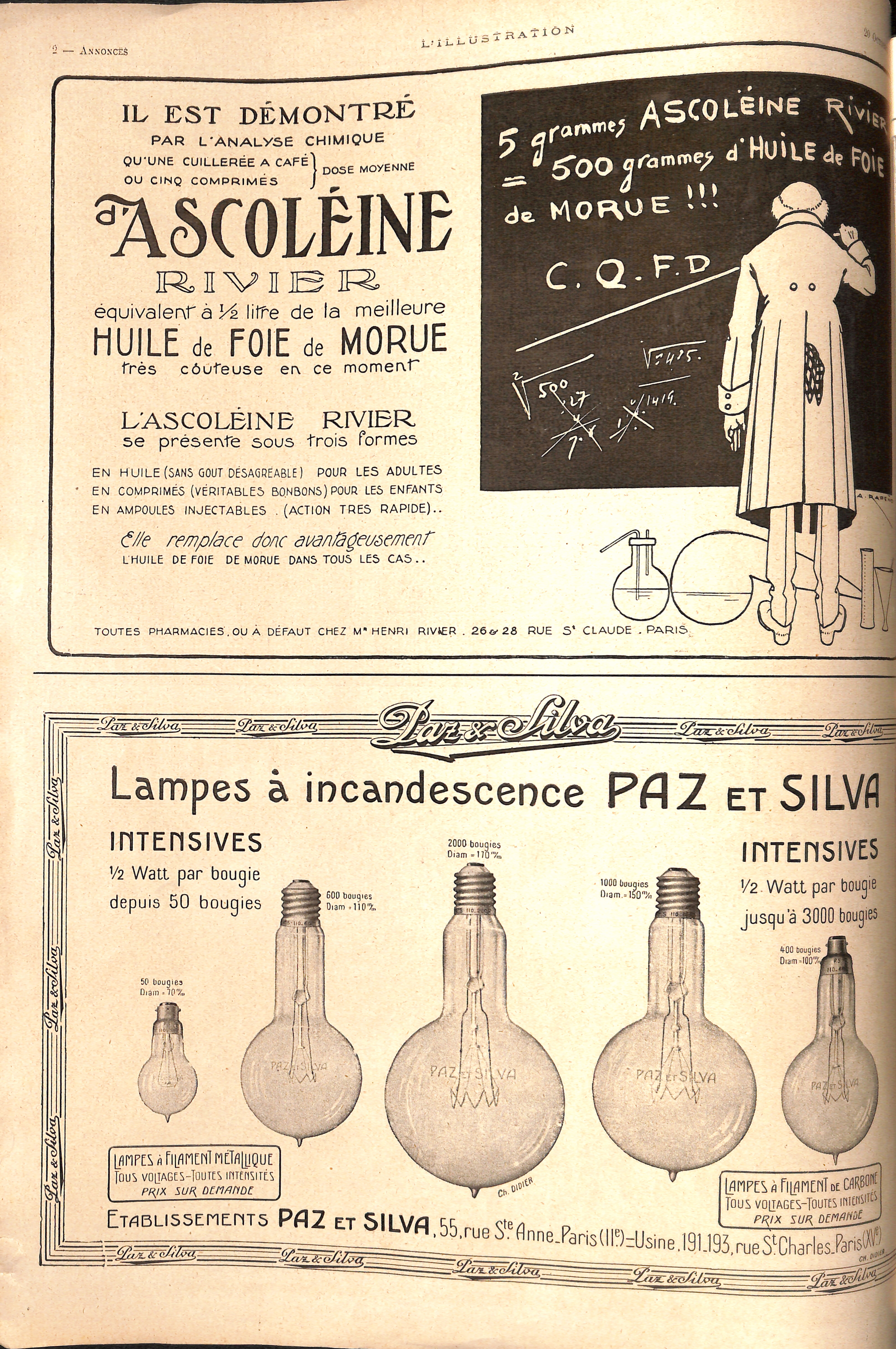
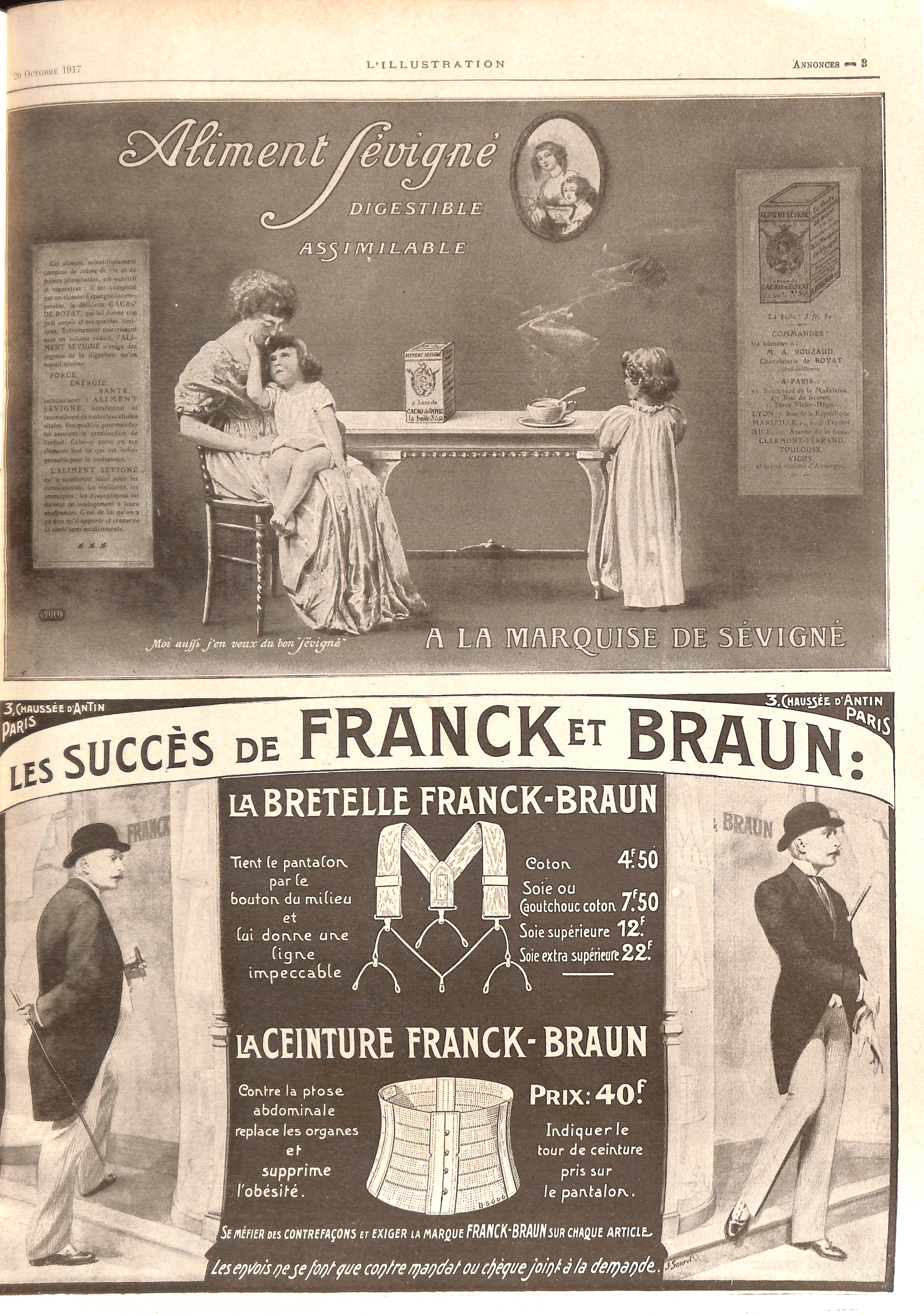
12 December 2023 | Lucy Smith
The Jeremy Wilson archive contains mountains of press clippings, but amongst these are a number of complete original magazines dating from Lawrence’s lifetime. They give an insight into the early twentieth-century world and the context in which Lawrence’s exploits occurred.
Illustrating the First World War
The collection includes several illustrated French magazines published during the First World War which provide a glimpse into how the war was perceived whilst it was happening, and show how the Arab Revolt fitted into this understanding.
L’Illustration was the first French illustrated magazine, established in 1843, and ran throughout the First World War. The Wilson collection includes an edition from 20 October 1917, midway through the Arab Revolt.
The magazine includes a series of advertisements for everyday products, underlining how ordinary life went on during the upheaval of the Great War – this edition includes adverts for luminous watches, pens, light bulbs and even a male corset!





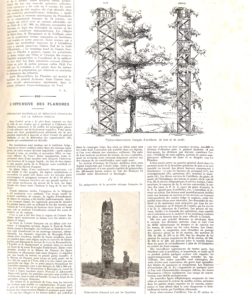
“L’Offensive des Flandres”, L’Illustration. 20 Oct 1917. Magdalen College Archives, Papers of Jeremy Wilson, P450/R/ORR/4.
The magazine includes articles on events from the Western Front and brings news of innovations, such as the discovery of look-out posts disguised as trees in territory previously occupied by the German army.
This edition of the magazine focused in particular on General Anthoine, then the commander of the French First Army. It includes a large colour illustration of his portrait.
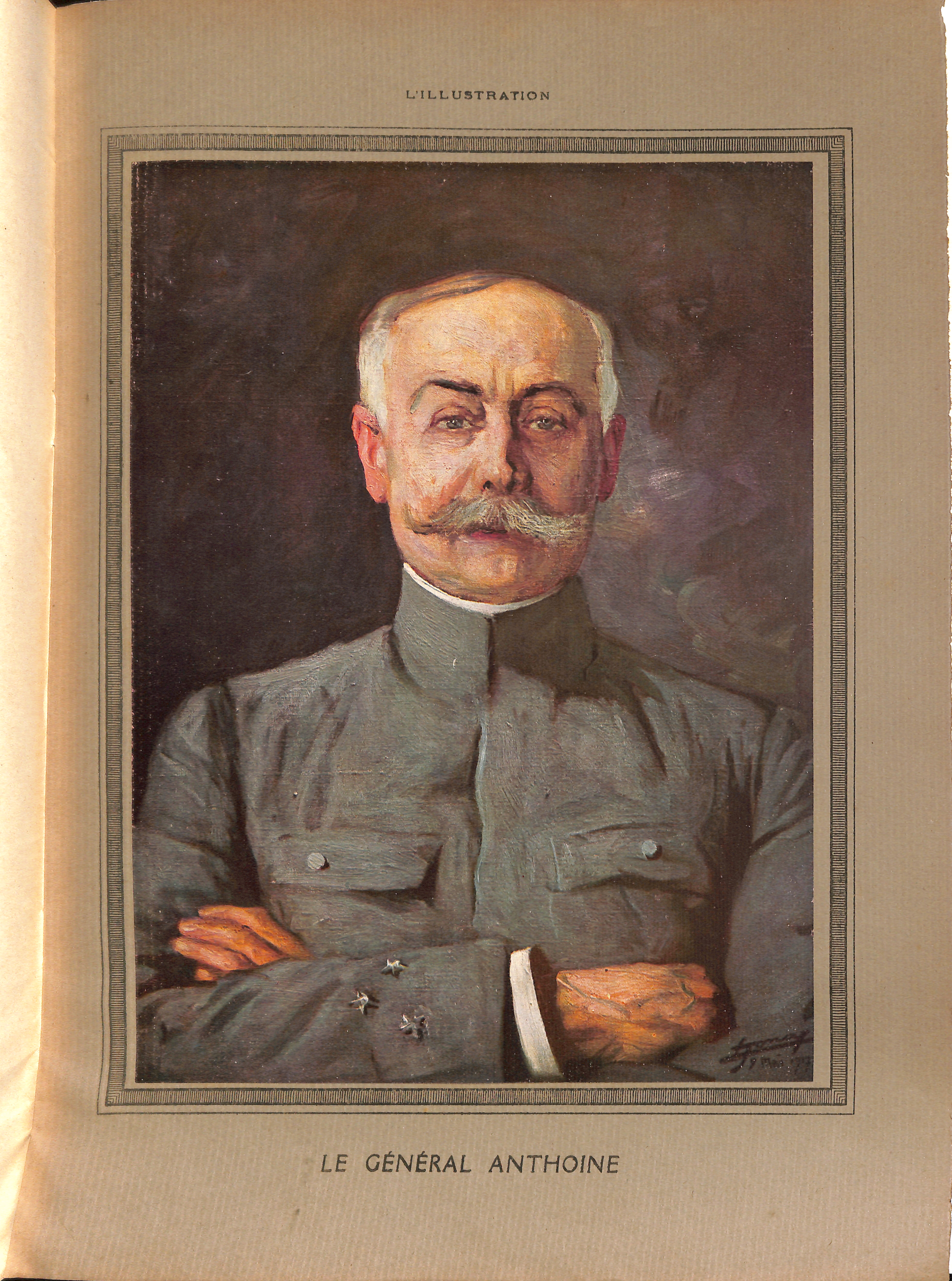
Portrait of General Anthoine, “L’Illustration”, 20 Oct 1917. Magdalen College Archives, Papers of Jeremy Wilson, P450/R/ORR/4.
Towards the back of the magazine, there is an article about the progress of the Arab Revolt, showing a photograph of Sherif Hussein of Mecca, the leader of the Hashemite dynasty and father of Emir Faisal and his brothers.
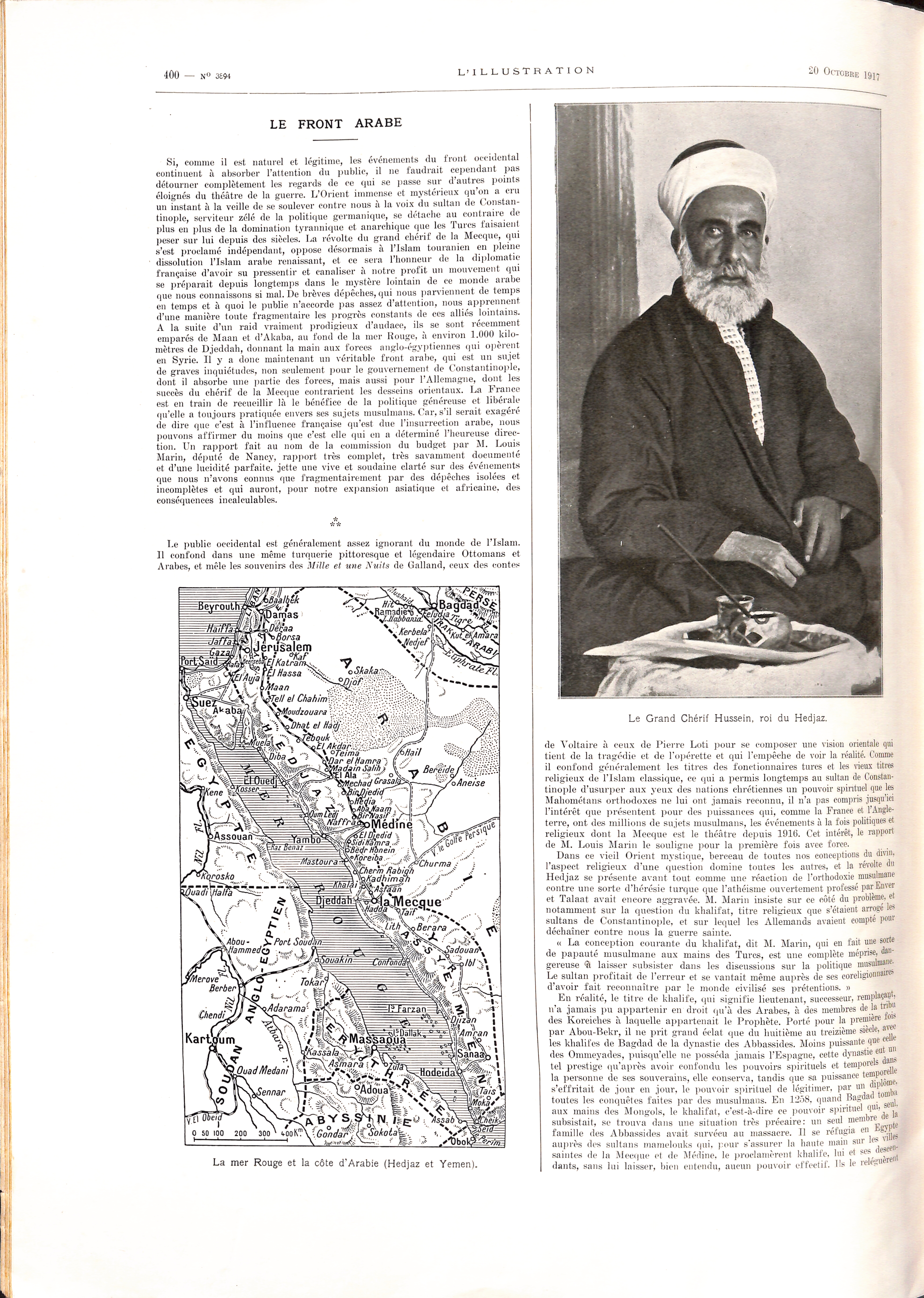
“Le Fronte Arabe”, L’Illustration, 20 Oct 1917. Magdalen College Archives, Papers of Jeremy Wilson, P450/R/ORR/4.
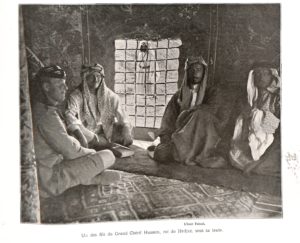
“Un des fils des Grand Cherif Hussein, roi de Hejaz, sous sa tente”. Magdalen College Archives, Papers of Jeremy Wilson, P450/R/ORR/4.
This article also includes a photograph of Emir Faisal in his tent.
Entitled “La Fronte Arabe”, the article is found towards the back of the magazine, whilst the majority of the pages are occupied with illustrations of the devastation of the Western Front, such as this bleak depiction of trench warfare.
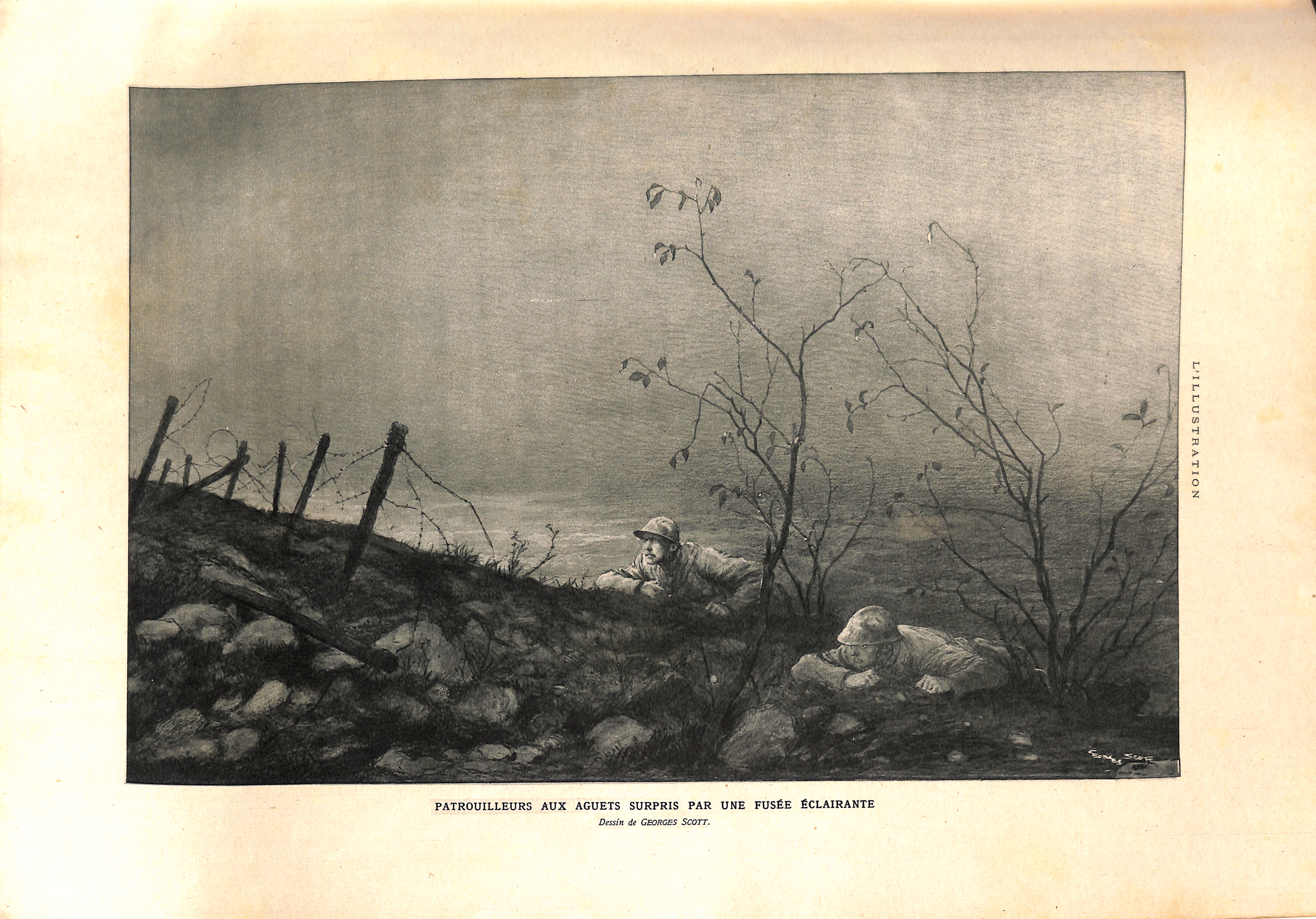
“Patrouilleurs aux aguets surpris par une fusée éclairante” [Patrollers on the lookout surprised by a flare] by Georges Scott. “L’Illustration”, 20 Oct 1917.
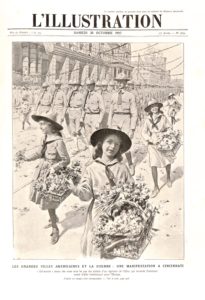
“Les Grandes Villes Américaines et la Guerre: Une Manifestation à Cincinnati”, “L’Illustration”, 20 Oct 1917.
On the other hand, on the cover of the magazine, readers were shown uplifting images of American girl scouts handing out roses to soldiers departing Cincinnati for the Western Front. America had, of course, joined the war only six months before.
Another image intended to inspire readers can be found on the cover of Le Miroir from 2 December 1917. The modified photograph shows Italian women passing on cigarettes to French troops. Inside the magazine are images depicting Germans “pretending” to help the Turks, as well as Kaiser Wilhelm’s visit to the Dardanelles and defeated Turkish troops in a field hospital, whilst the back cover shows the devastation wreaked at the “Passaief Theatre” in “Petrograd”, now St Petersburg, which the paper suggests was due to a German attack.


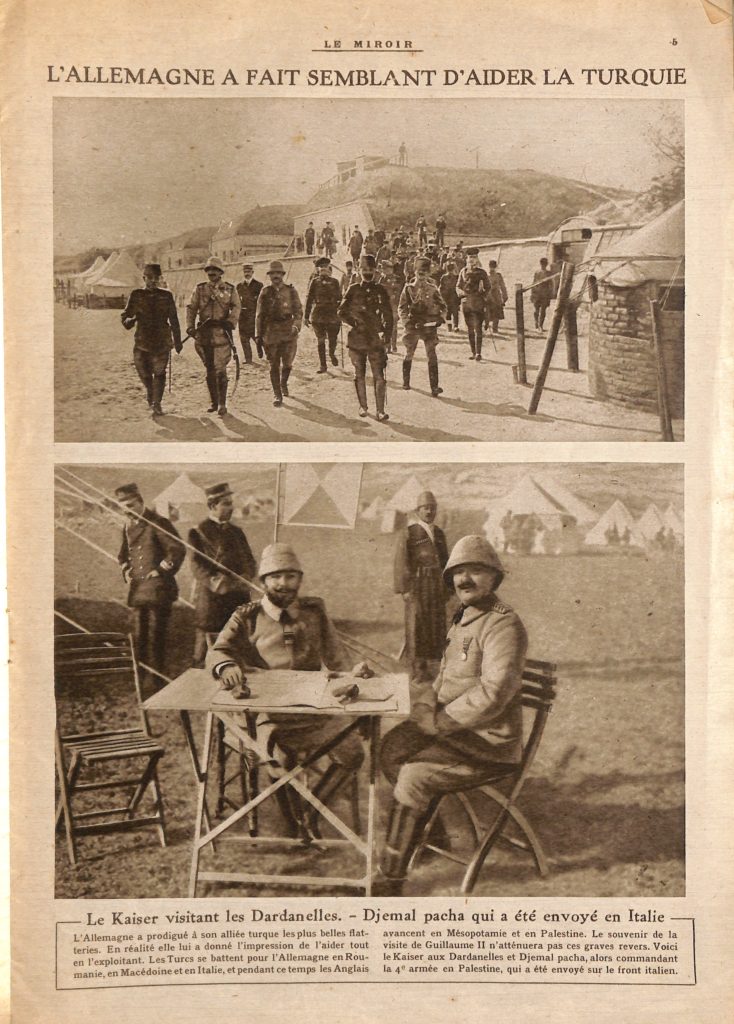
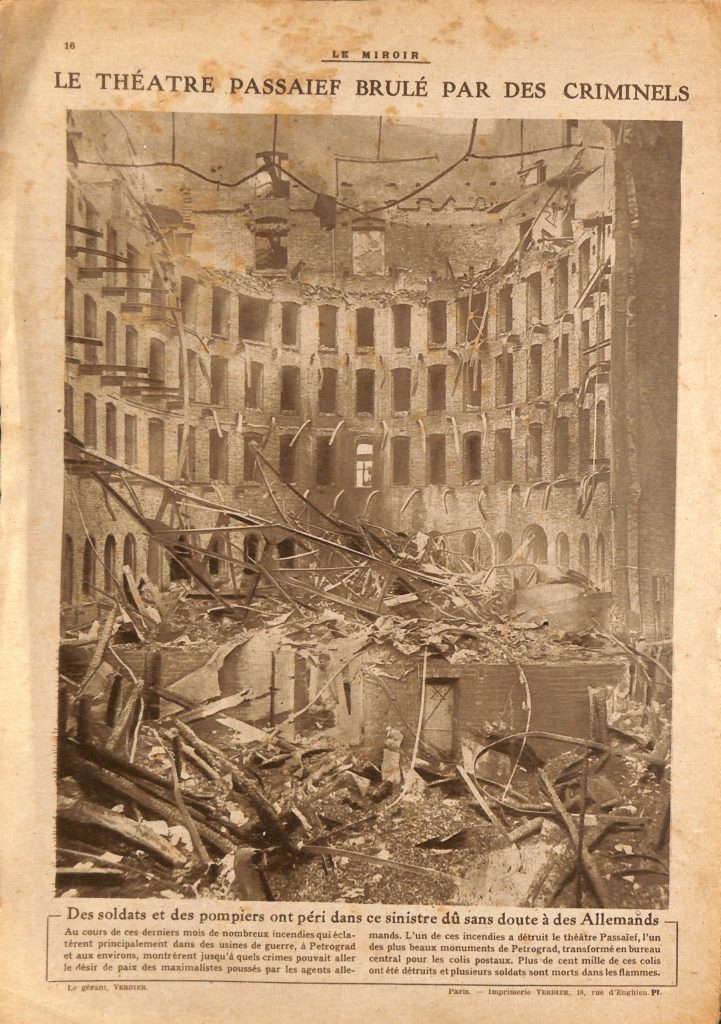
Upper-class Britain in the 1930s
A very different world is presented by British magazines from the 1930s, contemporaneous to Lawrence’s later years and death. The Wilson collection contains a copy of the magazine The Field, dating from 16 November 1935, which, then as now, caters to upper-class Britain’s shooting and hunting culture. Although I was unable to find a mention of Lawrence in this magazine, it does offer a glimpse into attitudes to foreign travel and “adventure” for the upper classes during the period when Lawrence’s exploits first became popular. The cover features a photograph of The Duke of Buccleugh in hunting gear, whilst articles include reminiscences about “shooting camps” in Kenya by the Duchess of Sutherland, featuring a photograph of the Duchess on a camel.
The magazine also covered another of Lawrence’s interests – “Travel by Land, Sea and Air”, in an article that announces “A Year of Motoring Progress”. Interestingly, in the year that Lawrence was killed in a motorcycle accident, the writer suggests that “From every point of view it is good to be able to record the year has seen a steady diminution in the number of accidents occurring in the highways of the county”.
Finally, the magazine also highlights that even in the cushioned world of the upper-classes in 1935, the subject of the First World War was always near to the surface, even in the context of Christmas festivities. An article titled “Twenty Years After: Christmas Memories of 1915 in the Salient” by Ian Hay, describes Christmas in the trenches in 1915 and the efforts of a group of British officers to source some brandy for a Christmas celebration. The article also includes images of a couple of contemporary Christmas cards. The magazine ends with a round up of the year’s best books with an “outdoors” theme, but oddly does not include Seven Pillars of Wisdom, which had been recently published in full for the first time following Lawrence’s death in May.
